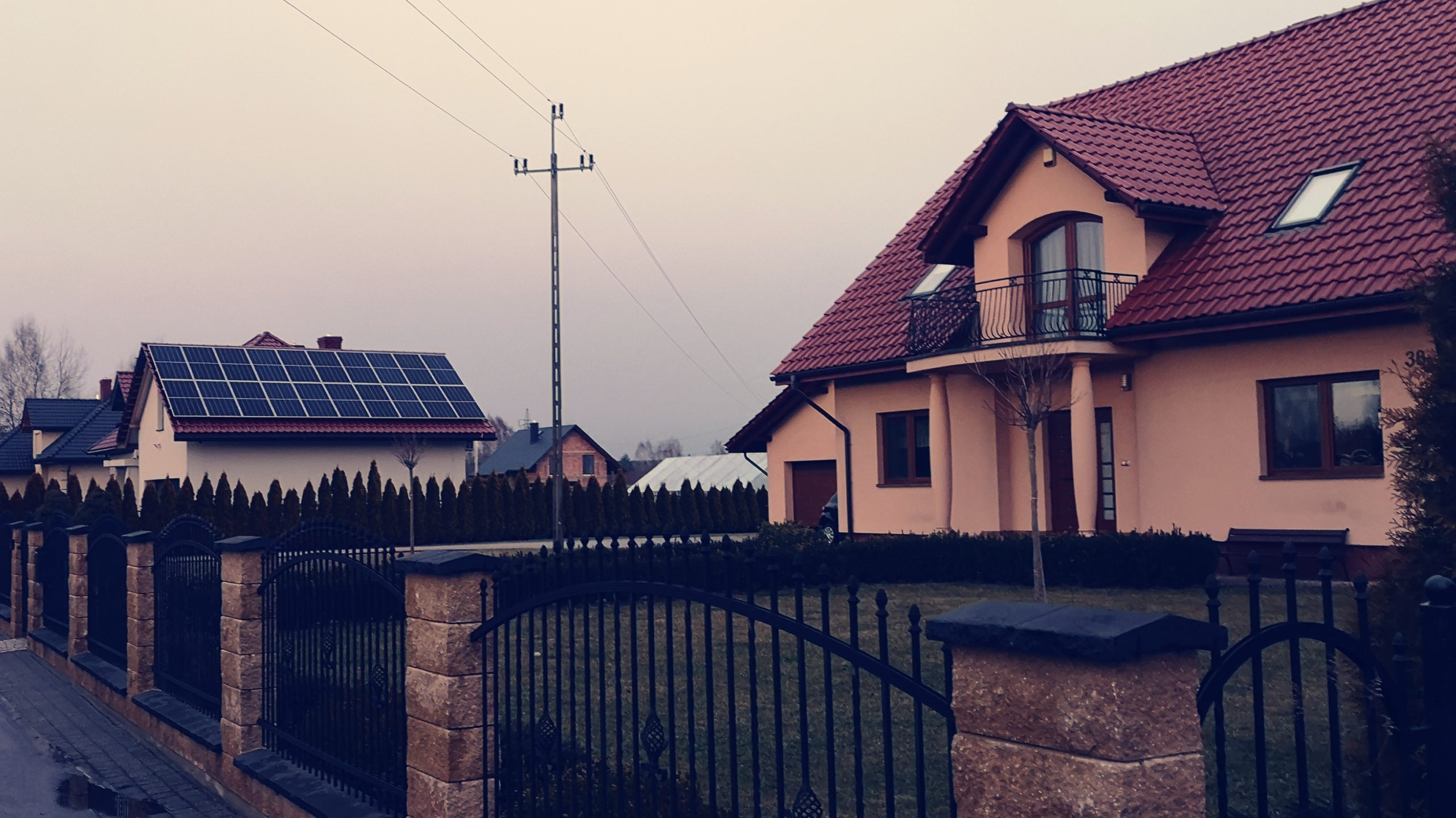
cof
In today’s article we will try to discuss the challenges that stands behind the renewable energy sources and overall energy transformation. Many experts have some serious concerns about the grid stability and flexibility while we increasing the percentage of renewable energy source which are less stable that the conventional.
Energy has been evolving for a long time and there is no end in sight for the future. The fact that we are running out of fossil fuels is making us aware of the need for an alternative energy. Many countries are already switching to renewable energy and the world is trying to switch.
We all realize that fossil fuels are harmful to environment and moreover they will run out in upcoming years. This is why we need to invest in new alternative sources of energy like solar panels, wind turbines and nuclear power plants.
The problem with renewable energy is that we are currently not able to harness the potential that is offered by the renewable sources of energy. The cost of renewable energy is also a challenge that makes it difficult for the world to move towards the renewable energy sources.
There are many advantages of using solar energy over traditional energy sources like fossil fuel. So, if you are planning to switch from traditional energy sources to solar energy, you need to consider some of the below points before you do so.
Solar panels for everybody – will it work?
It may be seems that the perfect solution is to replace all power plants with solar panels are we are happy. Well, it is not so simple as it may be seen.
The first problem is that we need to cover all the territory with solar panels. So, that would require the installation of many solar panels. The installation of such a large number of solar panels is a difficult and expensive task. Also, the cost of the installation would increase tremendously if you add all the solar panels. So, you need to make sure that the solar panels you install will give you the best return on investment. You need to compare the costs and the benefits of the installation of solar panels. You will find that the solar panels will give you a better return on investment than you think.
The second problems is that we need energy at night and in cloudy days. In some areas solar panels are effective a few hours per day. We can think of good quality energy storage but it is also a huge challenge.
What we can do is combine different types of energy. Solar panels, wind turbines and fuel cells are a good combination.
We can build solar panels on the roof of the houses and/or solar cars. We can build wind turbines in the fields and we can use fuel cells in the public transport.
We can store energy in the houses during the day and use it in the evening and/or in cloudy days.
The another problem is that the electric cars have a huge range. We need to build new electric lines to connect all the houses with the new charging stations.
The last problem is grid stability and synchronization which is very difficult to achieve if you have peaks of supply and demand at different times. This will cause the grid to be unstable, so all the power plants need to be synchronized. This is done by having them all run off the same frequency, but they can still run at different speeds and produce different amounts of power.
For example, if one of the power plants is producing more power than the others, then it will be run at a slower speed than the others, and vice versa. The grid will be stable as long as the power plants are not too far off from the same frequency, but it is difficult to achieve and requires a lot of work to be done by the power companies.
Is it possible to reach 100% level of renewable energy?
Well. It is really challenging. We already facing huge operational challenges at around 20–30% and they are going to continue to grow. Since some of the current issues will still be applicable at 100%, and given that I can’t predict the future, here they are. These challenges mainly relate to reliability and operational issues, not considering wholesale electric market issues like price formation or scarcity issues.
Our first big challenge is in generation dispatch. What is the best generation dispatch for a system of 100% renewable generators? This decision is already made every day and is done on a reliability and cost basis. With renewables, high generation flexibility is prized. That means generation with fast ramp-up and ramp-down times.
Batteries should be able to do this, but scheduling and generator operation time signals are going to have much smaller margins now.
To accompany that issue will be generation forecasting. How do we forecast the output of renewable generation? Currently if a natural gas plant is scheduled for 100MW in two hours, barring equipment failure, its going to produce 100MW in two hours. With renewables I’m not so sure about that. Advances in weather forecasting and prediction applied to estimating tomorrows wind and solar generation are needed.
But that’s the whole point. If the gas plant has a 60% capacity factor, then in two hours of operation, it will produce 100MW. But the wind and solar plants will produce 100MW for only 30 minutes of operation. If we start planning wind and solar plants in such a way that the electricity they produce will be used for only 30 minutes at a time, then we’ll make a lot of sense.
On the Distributed Energy Resources (DER) side, forecasting for distributed generation will be needed. Distributed solar generation is currently a variable for system operators and with widespread DER penetration, generation dispatch will grow even more complex. Paired with electric cars and load side demand management, we will even see changes to load shapes over time. We could once take a load shape like below in green for granted, but now we can’t.
The new paradigm will be more of a smoothing out of the peaks and valleys. For example, as solar and wind generation increase, demand will decrease as well. In California, the California ISO now uses demand management programs to manage the peaks and valleys in the system. In the future, it may be more about managing the growth of distributed generation as opposed to managing the peak.
How about nuclear energy?
Nuclear power plants are very safe and ecologic. Unfortunately social option on this area is very unfair. People believe that nuclear plant can go off like this in Chernobyl or Fukushuma. Also another misunderstanding is between nuclear power and nuclear weapon. People confusingly combine these two concepts. In my opinion nuclear power is very safe and ecological power source. But it is not a right way to deal with nuclear weapon.
First of all we should not to consider nuclear power and nuclear weapon as the same. In Chernobyl nuclear reactor was not a nuclear weapon. In Chernobyl the reactor was in the state of criticality. In Chernobyl the reactor exploded. It is not a nuclear weapon. Also it is not a nuclear weapon in the state of criticality. It is not a nuclear weapon in the state of criticality. It is not a nuclear weapon in the state of criticality.
Current nuclear technology is very efficient and safe. The possibility of the same catastrophe like in Ukraine or Japan is very unlikely because there was a great progress in this area. The only problem with nuclear power plant is that used radioactive fuels should be stored in safe locations. But it seems that even this problem has been solved thanks to underground storage facilities designed by Norwegian scientists .
The main advantage of this underground storage is that the spent nuclear fuel is isolated from the environment. The radioactivity is decreased, which means that the radiation exposure for the environment is decreased.
It is also possible to recover the radioactivity from the spent fuel by some means. For example, it is possible to use a process called “gasification”. The main goal of the gasification is to burn the radioactive components of the spent nuclear fuel in the presence of air and hydrogen to produce a gas.
The ultimate energy solution for next decade
To ensure enough energy for society we need to introduce a plan that will provide both stability of the grid and ecologic solution. As we have shown it is impossible to make an efficient power grid based only on renewable energy sources. A new solution is required. We need to introduce a new energy system that will provide a stable energy for society and a good environment. Such a system can be achieved with a combination of different energy sources.
The first step is to provide a stable energy for society, the second step is to provide a good environment. The best and easiest way to achieve both goals is to introduce a combination of energy sources, i.e. a combination of renewable energy sources and conventional energy sources.
To ensure enough energy for society we need to introduce a plan that will provide both stability of the grid and ecologic solution. As we have shown it is impossible to make an efficient power grid based only on renewable energy sources. A new solution is required.
We need to introduce a new energy system that will provide a stable energy for society and a good environment. Such a system can be achieved with a combination of different energy sources.
The first step is to provide a stable energy for society, the second step is to provide a good environment.
The best and easiest way to achieve both goals is to introduce a combination of energy sources, i.e. a combination of renewable energy sources and conventional energy sources.
In no case should we succumb to critical thinking straight from Horkheimer books and reject good solutions in the name of the idea whose thoughtless implementation may be disastrous for the entire civilization.
Finally, the book Blackout by Marc Elsberg is worth recommending.
Summary
Our civil development and social life are highly dependent on electricity. Moreover, never before in the history of the world, as a species, have we been so dependent on electric current.
In fact, electricity is so important to our lives that we will have to think about ways to get our lives without it. The potential loss of electricity is one of the most pressing issues facing humanity today. We are dependent on electric current in almost every aspect of our lives. We use electricity to power our homes, to run our cars, to charge our cellphones, to run our computers and to power our appliances.
Even during the world wars or during the Cuban crisis, many systems were still analog and the electronics only supported us but it wasn’t critical and necessary.
You can thins about financial, military, logistics, almost every aspect of our lives. The satellites are no different, and in fact the satellites are getting more powerful than the ground stations but without electricity we are blind and useless.
Currently, everything is very much digitized and practically all devices we have require electricity for their operation.
An additional problem is the lack of education of people on how to cope without all these amenities. In the past, every child could use a compass and a paper map. it was taught in school, scouting etc. Today, everyone has a smartphone, Google Maps and GPS.
As a species, we lose the possibility of living without electronics.

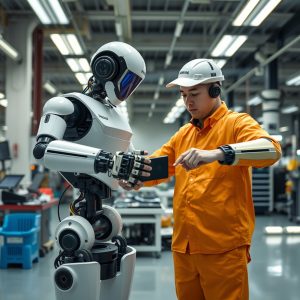

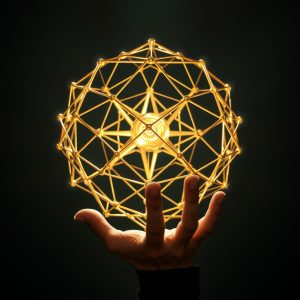
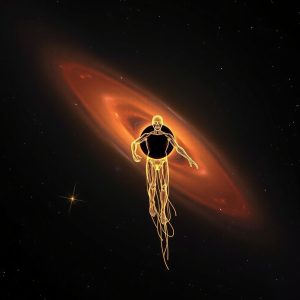
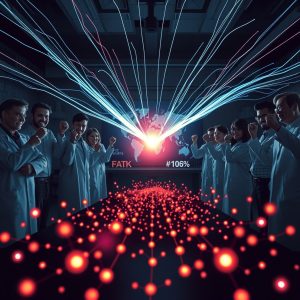

I am very afraid of the future that comes. My children may live on broken planet with no energy or pollution everywhere. It is absolutely appalling to think about. This is by far the best and only article that I have read so far. It seems this is the best way to tell it like it is. And I agree in the sense that we never know what is going to happen, we just need to do what we can to reduce the amount of damage that our actions create.
A lot to think about in this piece, but all excellent thought. I think there needs to be many more places that can be set up along the same lines, but at the cost of the business of being here.
I am not one to get stuck on “solutions” of any kind, I am simply amazed by the way the population is behaving, the arrogance of ignorance, and the greed of over consumption that has been so prevalent for the past 50 years.
The solution is for us as a society to turn from what has become our standard of life: waste, greed and self-indulgence. Then we will see true change. I have been contemplating the concept of “green” jobs for many years.
I hope there is still a hope for us as species.
Nuclear energy is crucial to human survival. When fossil fuels sources dry out – atom is the only solution. I don’t think wind and sun could replace nuclear power plants. This is the fact and our future depends on that, but many people and governments do not want to hear facts or see a truth. This is not even close to being true.
Nuclear power plants are far more reliable than wind farms and solar panel arrays. They require less maintenance, and they are infinitely reliable. They provide the power during a solar and wind storm, and they provide power during a nuclear storm too, as long as those nuclear power plants are in a safe condition. You seem to have very little clue. It not only requires more maintenance than both green or coal fired power plants, but it takes more fuel for it to produce energy.
The nuclear waste is radioactive for thousands of years, but the green and coal waste are only around for a few decades. Coal and coal waste can be recycled as new products. Nuclear waste is a permanent, toxic problem. If you want to play with the risk of an unstable situation, go for radioactive waste. But you should know that it is extremely dangerous business. Even if all nuclear waste ever produced was disposed of with full safety, we are still at risk because radioactive elements have permeated the world. The amount of radioactive waste produced is currently much less than the amount produced by the mining of coal or from recycling the lead PV panels…